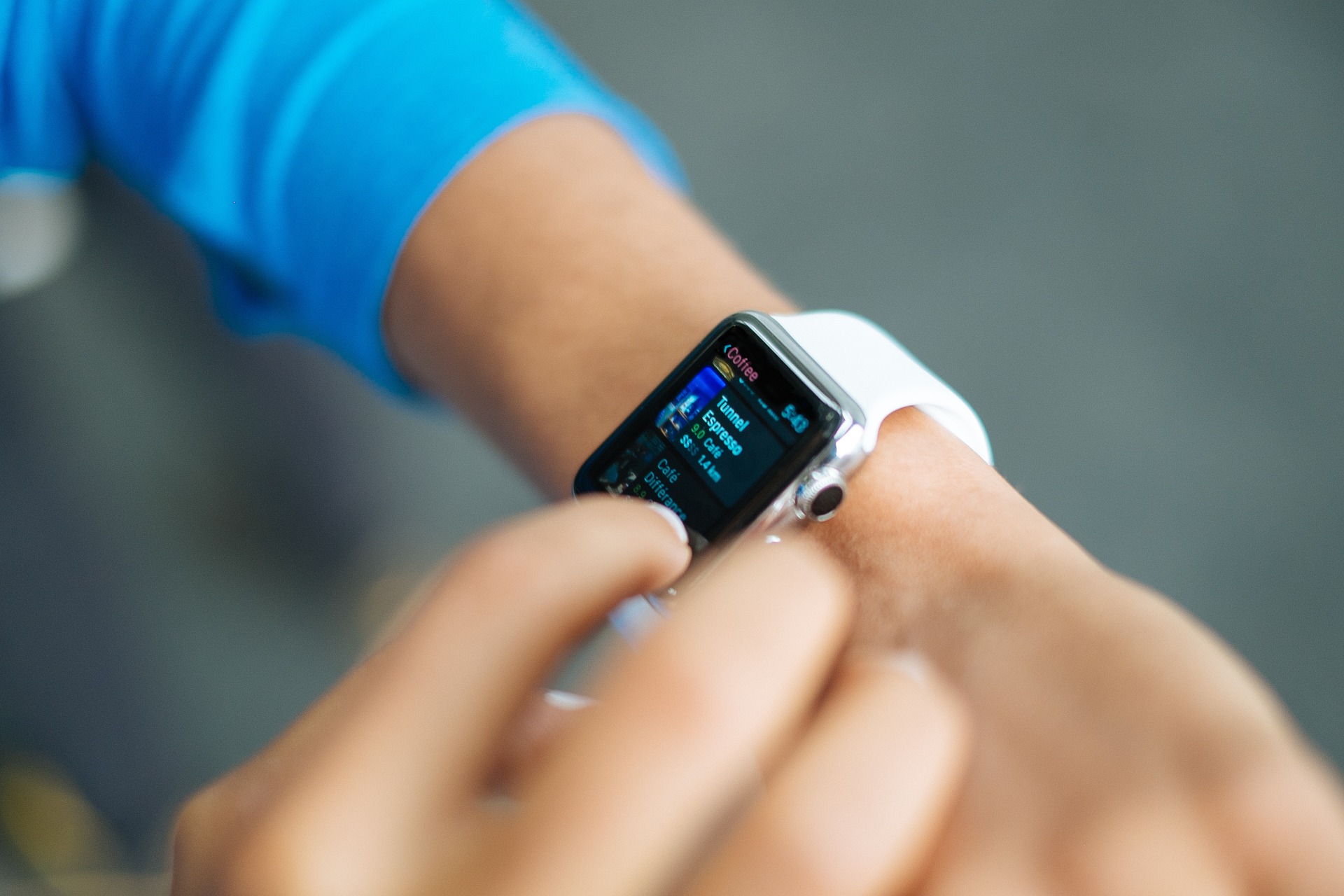
Wearable Tech Trends: Improving Health and Wellness for Americans
By Adedayo Ebenezer Oyetoke Published on: January 7th 2024 | 4 mins, 631 words Views: 407
The healthcare industry has undergone a significant transformation in recent years, with wearable technology playing a pivotal role in improving health and wellness for Americans. These innovative devices are designed to monitor vital signs, track physical activities, and provide personalized health recommendations. This blog post delves into the latest trends in wearable tech, exploring how these devices are revolutionizing the healthcare landscape and ultimately enhancing the well-being of millions of people.
1. The Evolution of Wearable Technology
- The first wearable devices were developed in the 1960s, such as the Holter monitor, which recorded electrical activity in the heart. These early devices were bulky and uncomfortable, limiting their widespread adoption.
- The 1990s saw the introduction of the personal digital assistant (PDA), which combined communication and computing capabilities. The PDA paved the way for the development of smartwatches, which offered basic health monitoring features like tracking steps and displaying calories burned.
- The 2000s marked the rise of the smartphone, which revolutionized the way we communicate, access information, and even monitor our health. Smartphones with built-in GPS and accelerometers enabled tracking of physical activities, while apps offered personalized health recommendations.
- The 2010s ushered in the era of wearable technology, with devices like the Apple Watch, Fitbit, and Google Fit becoming increasingly sophisticated and user-friendly. These devices not only tracked physical activities but also monitored vital signs like heart rate, blood pressure, and sleep patterns.
2. Key Trends in Wearable Technology
- Interoperability: As wearable technology becomes more advanced, there is a growing need for devices to work seamlessly with one another and integrate with existing healthcare systems. For example, Apple's Health app allows users to sync data from their Apple Watch with their iPhone, making it easier to monitor their health and share information with healthcare professionals.
- Artificial Intelligence (AI) and Machine Learning (ML): AI and ML algorithms are being integrated into wearable devices to provide more accurate and personalized health recommendations. For instance, AI can analyze a user'technical data and identify patterns indicative of a potential health issue, allowing healthcare professionals to intervene promptly.
- IoT (Internet of Things): Wearable technology is increasingly being connected to the internet, enabling real-time data collection and remote monitoring. This can help healthcare professionals track a patient's condition and provide timely interventions, improving outcomes and reducing hospitalizations.
- Non-Invasive Monitoring: As technology advances, wearable devices are becoming more discreet and less invasive. For example, the Apple Watch uses optical sensors to measure blood oxygen levels, allowing for non-invasive monitoring of sleep apnea.
3. Applications of Wearable Technology in Health and Wellness
- Cardiovascular Health: Wearable devices like the Apple Watch can monitor heart rate, detect irregular rhythms, and alert users to potential heart issues. This can help prevent heart attacks and other cardiovascular events.
- Sleep Tracking: Devices like the Fitbit Charge 4 and Withings Aura monitor sleep patterns, helping users establish a healthy sleep routine. This can improve alertness, mood, and overall well-being.
- Mental Health: Wearables can track stress levels, mood, and cognitive function, providing insights into mental health and offering personalized recommendations for coping strategies.
- Physical Activity: Wearable devices like the Fitbit and Nike FuelBand track steps, distance, and calories burned, encouraging users to maintain an active lifestyle and reach their fitness goals.
- Nutrition and Weight Management: Devices like the MyFitnessPal Band and Jawbone UP track food intake and physical activity, helping users make informed choices about what, when, and how much to eat, leading to healthier weight management.
Conclusion:
Wearable technology is transforming the healthcare landscape by providing Americans with unprecedented access to personalized health information. From monitoring vital signs to promoting physical activity and healthy lifestyles, these devices are improving the well-being of millions. As technology continues to advance, we can expect even more innovative applications and life-changing benefits from wearable devices.